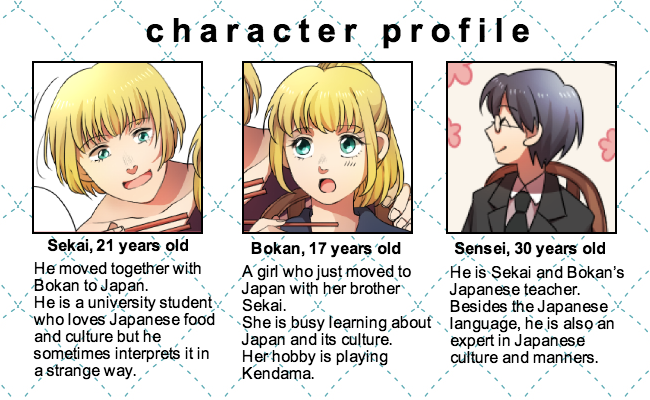6 Most Common Japanese Phrases When Eating in or Dining Out
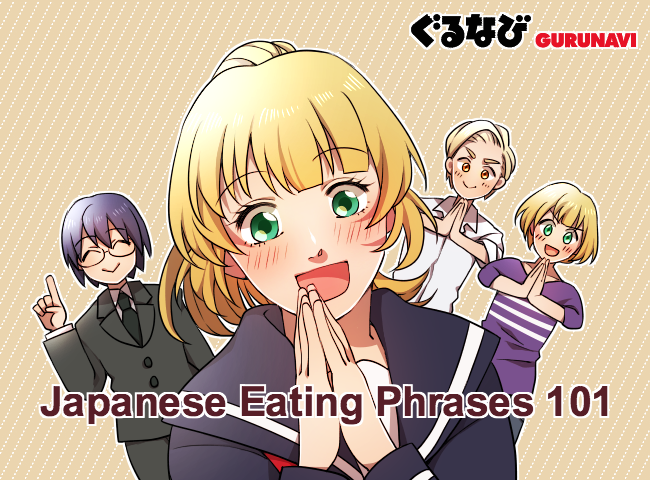
Whether its “Dig in!”, “Mahlzeit!” or “Bon apetit!”, when it comes to enjoying good food with good friends, there’s a saying for it in probably every language. But what is a foreigner supposed to say when visiting Japan? Don’t worry! Gurunavi’s got your back with these 6 most common Japanese phrases when eating in or dining out.

If you’ve ever visited Japan, chances are you’ve likely heard the phrases itadakimasu and gochisousama. You may have even seen people bringing their palms together while saying it. Both are essential phrases to learn when visiting Japan, but when is it appropriate to say them?
“Itadakimasu” Meaning
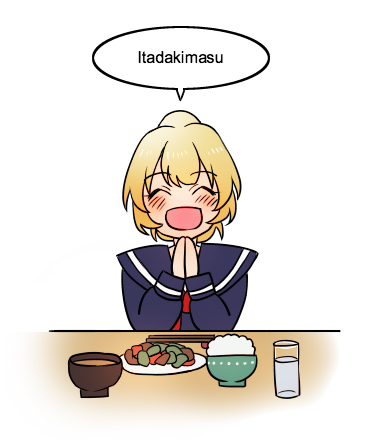
Itadakimasu, is a phrase that comes from the Japanese verb itadaku, which is a humble way of saying “to eat and to receive”; and the origin of itadaku is thought to come from the Japanese custom of receiving an offering from a Buddhist alter or a gift from someone of a higher rank, which both require that you receive the gift from above your head.
The expression itadakimasu literally means “I am going to receive the lives of animals and plants for my own life”, and saying this phrase before eating is a way to express your understanding of how much was sacrificed to make the meal possible as well as to express appreciation for Mother Nature. Itadakimasu also includes an appreciation toward all those who have made it possible for you to have food on the table.
When to use it: Once you have been served your meal and are ready to eat, clearly express your appreciation with “itadakimasu” and then dig in.
“Gochisousama” Meaning
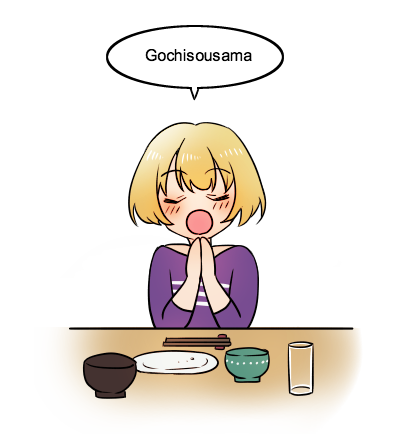
For gochisousama, it’s all about the kanji (Japanese writing system based on Chinese characters). This phrase is written as 御馳走様, and when broken apart the two middle kanji, 馳 and 走, both refer to “running”. But what does running have to do with eating?
A long, long time ago people literally had to run to get their food—hunting, fishing, and even harvesting. Gochisousama was used by guests to express the great appreciation toward those who had to run, gather, harvest, and prepare the food being presented to them. When the two kanji are put together, 馳走, the meaning changes from “running” to “feast”.
The first kanji, 御, is included to suggest politeness and the last kanji, 様, is included to suggest respect toward the meal’s preparer. Put them all together, 御馳走様, and you get the expression of thanks for “the extravagant feast meant to both entertain and provide hospitality to the guests”.
When to use it: While the phrase should always be used following a meal, the important point is who to direct it towards. If at home or at a friend’s house, you’ll say gochisousama after you can no longer eat another bite. However, if dining out, it’s appropriate to direct this gratitude toward the restaurant staff after paying your bill (this does not apply to fast food chains) as well as the person treating you to the meal after you’ve exited the restaurant.
Do you need to bring your palms together?

The purpose of bringing your palms together when giving thanks in Japan is to symbolize deep respect, sincerity, and gratitude; this applies to itadakimasu and gochisousama.
Today, in Japan, a large majority perform this act when saying “itadakimasu” or “gochisousama” to further express their gratitude. It’s not required if you don’t feel comfortable doing it and you may find that those around you skip this part.
4 More Common Japanese Phrases when Eating
There are several essential phrases beside itadakimasu and gochisousama that are great to remember if you happen to find yourself eating with a Japanese friend or visiting Japan.
1. “Okawari” Meaning
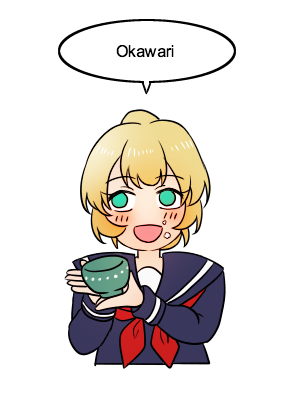
Okawari means “More food please.” The best time to say it is when you would like some more of a particular dish because you’re either still hungry or have found your new favorite Japanese food even though you’re stuffed. It’s considered rude to leave food on your plate after you’re done, especially when having asked for a second serving, so it’s best to request the exact amount you would like to eat.
A good way to use this is when you’ve run out of rice. Saying “gohan okawari kudasai” means “More rice please.”
2. “Oishii” Meaning
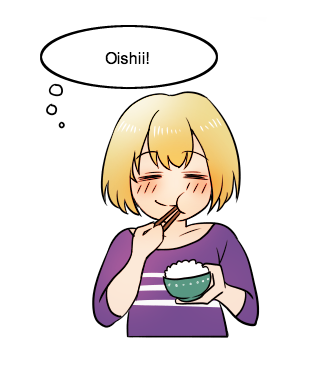
Oishii means “The food tastes delicious.” A great way to butter up the chef is to say this phrase mid-chew so that the people you’re eating with know just how much you’re enjoying the food. You can also say it after the meal to let the person who prepared the food know that their food hit the spot.
The best way to learn how to say “oishii” like a Japanese native is to imitate the way many Japanese reality TV guests exclaim the deliciousness of the food they are regularly asked to eat with an eyes-closed, chin-upraised “Oooiiishii!”
3. “Kekkou desu” Meaning
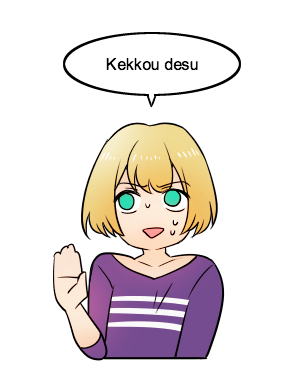
Kekkou desu means “no thank you” when something is being served to you. You can use this phrase when you don’t want to eat a particular dish because you know that it won’t sit well with you. You can also use this phrase when you are full and someone is asking if you’d like more to eat.
4. “Onaka ga ippai” Meaning

Onaka ga ippai means “I’m full.” You can use this phrase while leaning back in your chair and loosening your belt buckle for extra room. This phrase is also useful when you have to leave some food on the plate but want to be polite about it.
“Kekkou desu” and “onaka ga ippai” work well together as you’re basically saying, “No thank you, I’m full.”
When to use “desu” and “kudasai”
You may have noticed that of the seven phrases above only kekkou desu has desu at the end. This is because saying “kekkou” alone implies a very rude tone. As for the rest of the phrases, itadakimasu and gochisousama don’t need desu added to the end, while oishii and onaka ga ippai will take on a more polite tone if desu is added.
Kudasai means “please” so you may want to add it to a phrase that is a request to someone else, like okawari; especially if asking to somebody who is older than you.
Learn more about Japanese Etiquette
Japanese food culture offers foreigners a chance to not only try amazing cuisine but also explore the deep meaning and subtle nuances that have maintained their place from one generation to the next. Whether dining on sushi,honing your chopstick skills, or drinking with friends at an izakaya there is so much to learn.
If you’re interested in finding more about any of the topics mentioned above, click the links and continue learning about Japan’s amazing food culture with Sensei, Sekai and Bokan!
